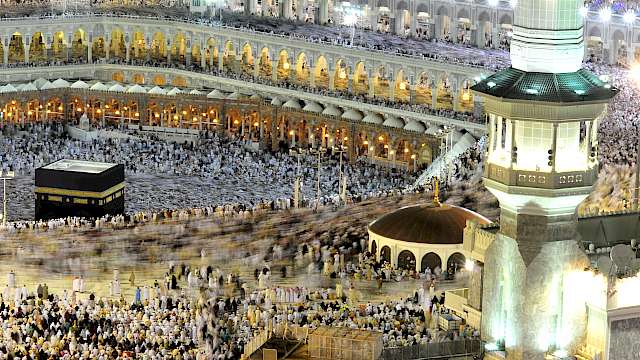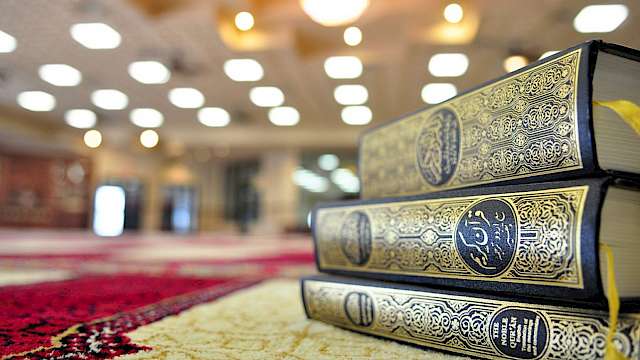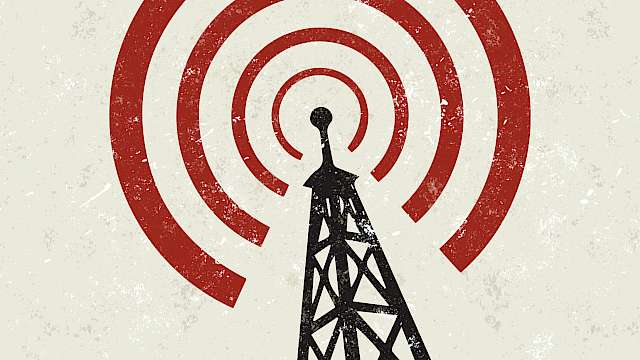A major problem for Muslims in the UK has been the way they have been perceived by others.
Key points
In 2011, there were 2.8 million Muslims in the UK. 4.8 per cent of the population of England and Wales were Muslim; in Scotland the figure was 1.4 per cent.
Nearly half the UK’s Muslims were under 25 years old in 2011.
On education and employment issues, the 2011 census showed an improving picture of attainment and progress for British Muslims compared to 2001. There was evidence of a ‘Muslim penalty’ for both women and men, however.
In three separate scenarios, the US Pew Research Centre projected the Muslim population in the UK in 2050 to be 9.7 per cent (zero migration scenario), 16.7 per cent (medium migration scenario) and 17.2 per cent (high migration scenario).
British Muslim communities are characterised by religion, kinship, language, and ethnicity. Research has often focused on Muslims from a single ethnic group settled in a city or neighbourhood, such as Yemeni Muslims in South Shields or Bangladeshi Muslims in Tower Hamlets.
Muslims differ from one another historically, socially, politically, and demographically. They are internally differentiated too, for example by religious sect, political faction and generational differences.
A major problem for Muslims in the UK has been the way they have been perceived by others. Anti-Islamic sentiment has had a long history in Europe, but Islamophobia (fear and dislike of Islam and Muslims) has been especially pronounced since 9/11.
There is a long history of research on Muslims in the UK. Researchers have differentiated Muslim communities on the basis of national or ethnic origin, areas of settlement, and sectarian identity. Research on young Muslims has become important in recent decades.
Copyright Information
As part of CREST’s commitment to open access research, this text is available under a Creative Commons BY-NC-SA 4.0 licence. Please refer to our Copyright page for full details.
IMAGE CREDITS: Copyright ©2024 R. Stevens / CREST (CC BY-SA 4.0)






